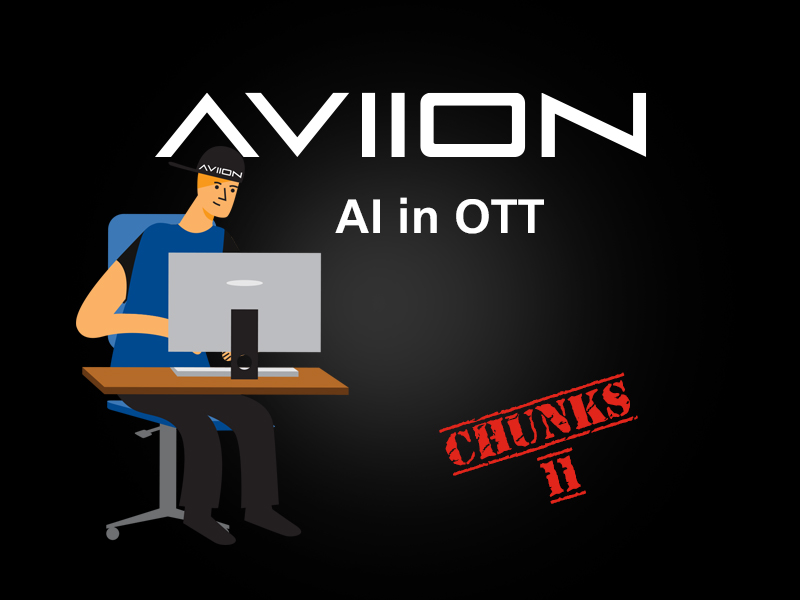AI (artificial intelligence) and ML (machine learning) have been buzzwords for some time now and that includes OTT world as well.
They will allow us to use the historic and real-time data as a basis of reference and then to really take the best decisions in order to make the best personalized service for each viewer.
Reducing and minimizing churn is a crucial part of any OTT service regardless of the business model. The idea is to utilize the benefits of data driven decision making from AI and ML to reduce the churn to a minimum.
Basically, AI needs to keep the users hooked to a service by providing them with a user focused choice of content to consume based on the data gathered both from the user himself or similar groups of users. We all know the joke with Netflix that you actually spend more time choosing what to watch than actually watching the chosen content. If this issue can be addressed with decreasing that time wasted on picking out the content than you can expect much less churn. Obviously, along with being able to choose fast it is also important that you are happy with the choice of content to consume.
To be able to effectively reduce churn by providing proper recommendations and individualize the OTT service for each viewer it is crucial to understand the behavior of the viewer. Consumer behavior has been a focus of research for many years trying to create models and approaches that would ensure better business results. However, it is with development of AI that a huge pile of information gathered about the users can be utilized for making proper decisions, fast! In OTT that means that new patterns of behaviors are being discovered thus enabling even better personalization of the service. It is important for the service providers as well to know which content works and which doesn’t work for the viewers because the content really is expensive. That’s why it is important to make the process of acquiring (or creating) certain type of content that much more profitable.
One of the areas where AI is expected to help is with reusing live events that are popular when broadcasted live but are hard to monetize afterwards. This process includes using AI to automatically provide metadata during life feed, and then based on that specific metadata AI can help to bundle the content towards specific user categories.
Another use of AI is object detection during encoding process which is basically an ability to detect certain objects within encoders and then use that image or video indexing for many different options. For instance, you can detect license plates on cars that will require blurring, or certain brand of sneakers that can help with the advertising. Eventually, AI will be able to do a detailed search through offered content enabling service providers to allocate advertisers budget in a way to reach actual target groups more precisely. This is especially going to help boost the AVOD business model that we talked about in the previous article.
We will see AI being used to improve QoS as well by being able to differentiate between different types of content and adapt accordingly to ensure proper quality, latency, and bitrates for each asset. You can look at the current streaming conditions for a certain profile of the asset across client apps providing real time info to your encoder to optimize the performance. This also means that it will be possible to optimize bitrates to keep the video quality while reducing valuable bandwidth use.
With more investments in the AI and ML in OTT there will be more and more optimizations of the services thus making OTT services even more appealing to the viewer. It is an expensive process still but over time will definitely bring a proper return. If you want to start your OTT service that will actually bring you a great return on investment, then definitely get in touch with us as we can get you up and running in no time.

